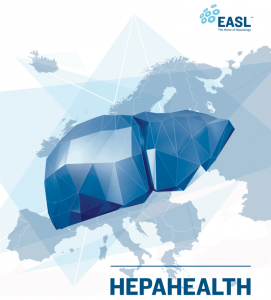
HepaHealth II: Preventing liver disease with policy measures to tackle alcohol consumption and obesity
Chronic liver disease (CLD) causes 1.8% of all deaths in Europe. Without policies to mitigate harmful alcohol consumption and obesity, that proportion will continue to increase. This major study, commissioned by EASL and supported by an unrestricted education grant from Bristol-Myers Squibb and Gilead, was carried out over the past 3 years and estimates the impact of policy interventions targeting alcohol and obesity on the incidence of CLD and primary liver cancer in France, the Netherlands, and Romania. The project builds on our previous work published in 2018.
Our peer-reviewed microsimulation model was employed to project trends in alcohol consumption and body mass index (BMI) from 2022 to 2030. We modelled the incidence of CLD and liver cancer under three policy scenarios versus an inaction scenario. All policies had an important impact ranging from a 2% to 7% reduction in annual incidence of CLD and liver cancer by 2030. The most effective scenarios are an increased Minimum Unit Pricing (MUP) of €1 on alcohol or introducing a set of complementary public health policies targeting an increased MUP, a sugar sweetened beverage (SSB) tax, and a volumetric tax that target both alcohol consumption and obesity.
View the poster presented at the EASL Congress in Vienna (June 2023)

Inequalities in smoking and obesity in Europe predicted to 2050
This study projected educational inequalities in obesity and smoking prevalence to 2050 based on past obesity and smoking trends by education level. The conclusion was that widening educational inequalities in obesity and smoking prevalence are expected in several European countries if current trends in obesity and smoking prevalence are unaltered. This will impact on inequalities in morbidity and mortality of associated diseases such as diabetes, coronary heart disease and chronic obstructive pulmonary disease.
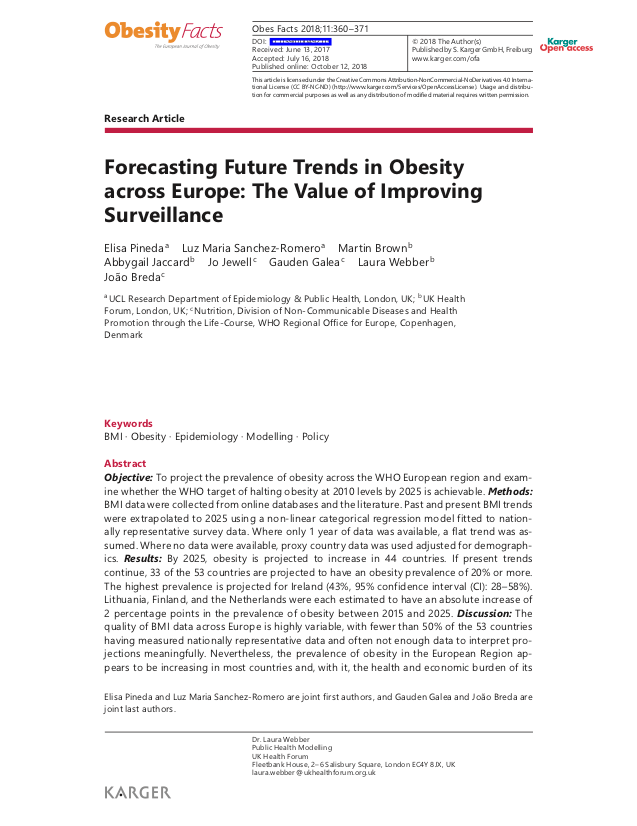
Forecasting Future Trends in Obesity across Europe: The Value of Improving Surveillance
This project projected the prevalence of obesity across the WHO European region and examined whether the WHO target of halting obesity at 2010 levels by 2025 is achievable. The results were that by 2025, obesity is projected to increase in 44 countries. If present trends continue, 33 of the 53 countries are projected to have an obesity prevalence of 20% or more.
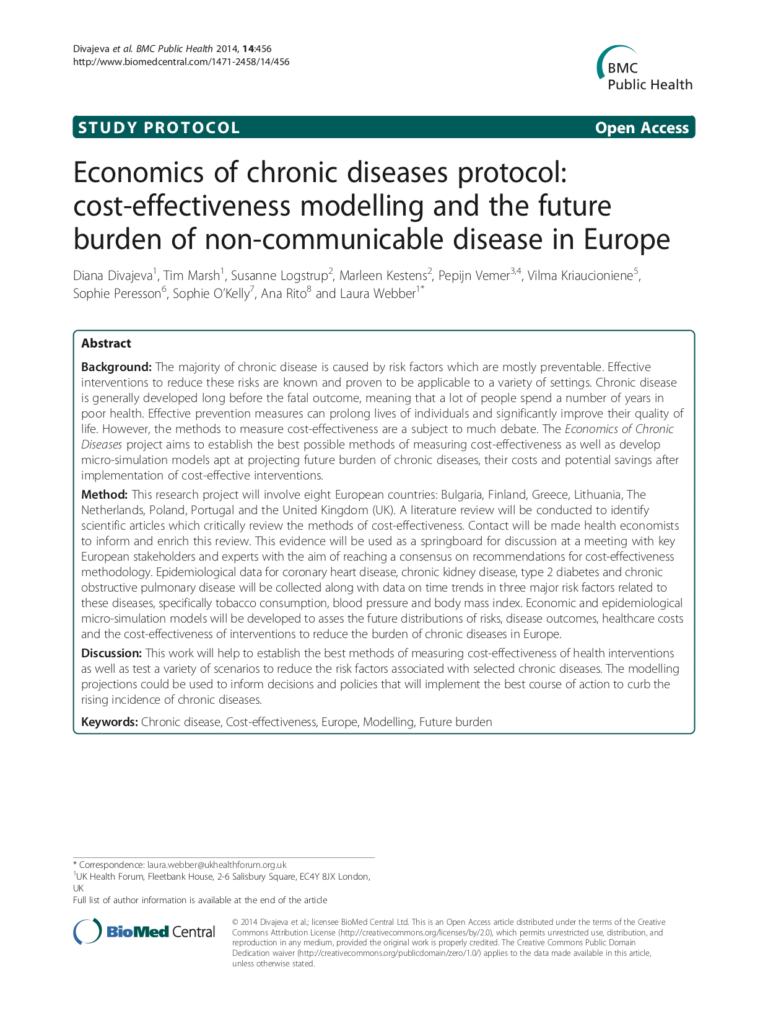
How can European states choose the most cost-effective public health policies?
The European Commission asked us to look at the long-term economic impact of different chronic disease prevention, screening, and treatment interventions in eight European countries. That led to a Europe-wide consensus on how to measure the cost-effectiveness of different types of interventions. We also created a user-friendly downloadable tool that lets users compare their impact on a like-for-like basis
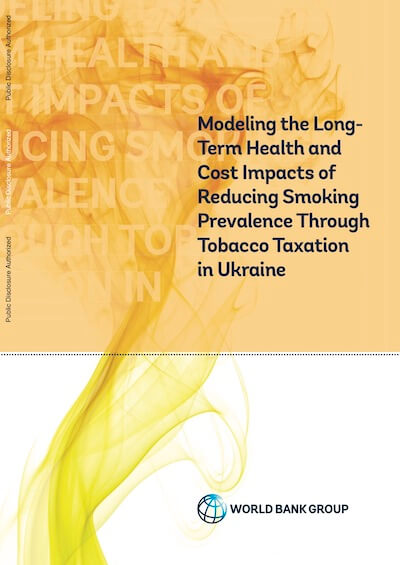
How many lives could a tobacco tax save in the Ukraine?
The World Bank asked us to look at a specific tobacco tax increase in the Ukraine, modelling its impact between now and 2035. We showed that it would prevent 29,172 premature deaths and 126,730 new cases of smoking-related disease. These findings, supported by evidence from the WHO Taxsim model, helped the Ukrainian government decide to enact the tax increase.
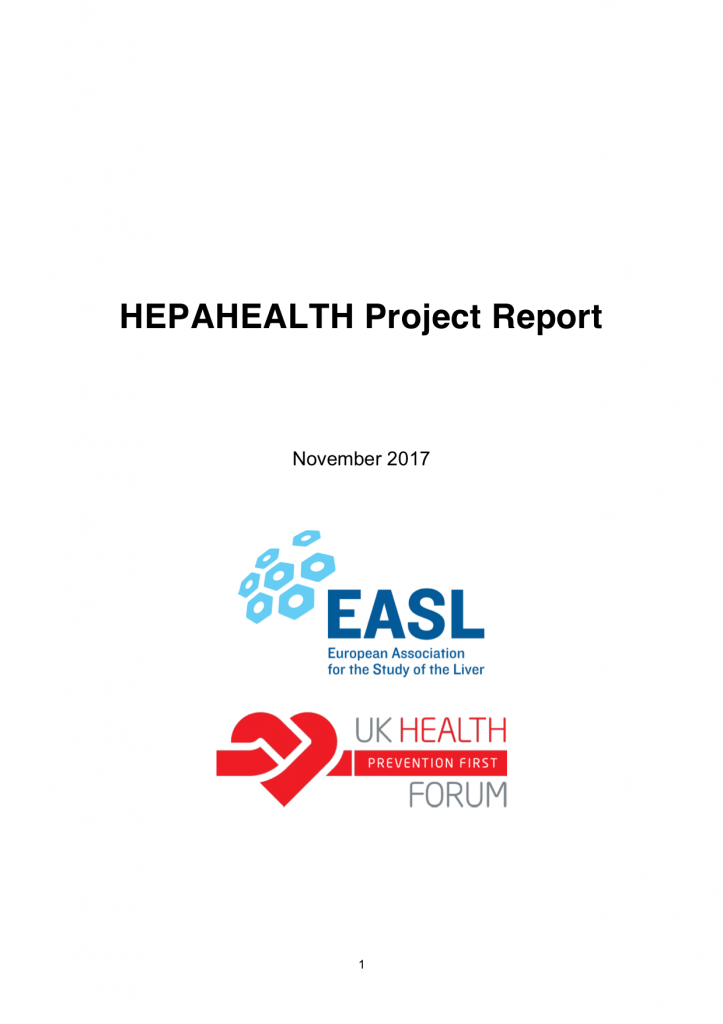
What’s the best way of reducing liver disease across Europe?
The European Association for the Study of the Liver came to us with some very specific questions about liver disease. We created the HEPAHEALTH database, which synthesised epidemiological, risk factor and intervention data about it. The database helped its users reduce liver disease levels across 35 European countries.